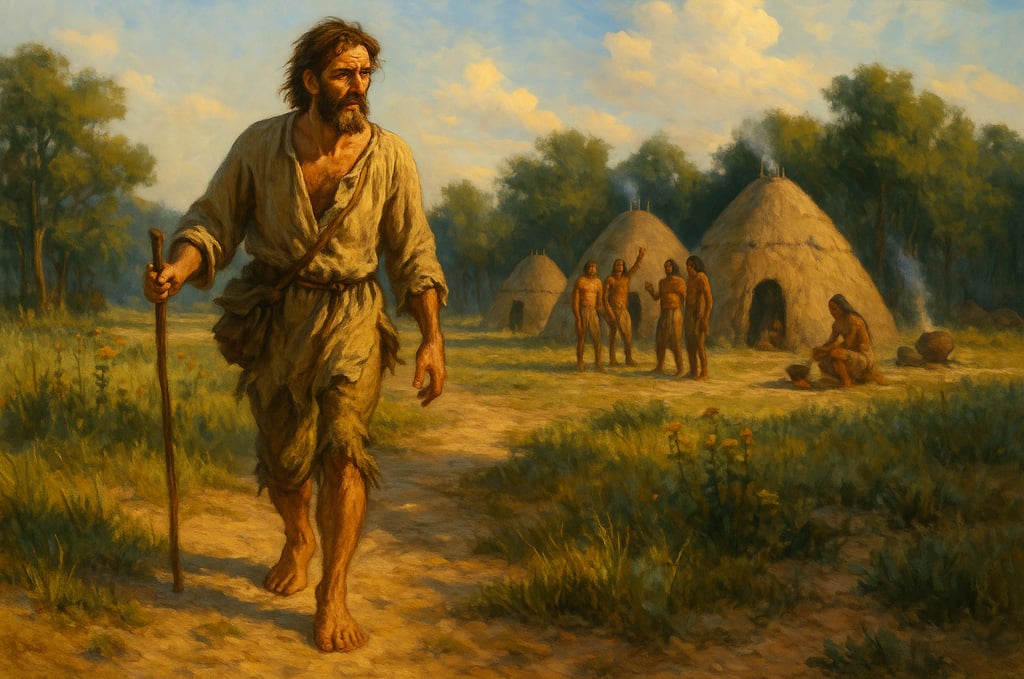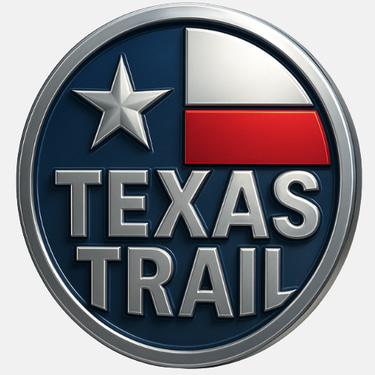A Castaway and a Word (1519-1700s)
Discover how a shipwrecked Spanish explorer and a single word reshaped the history of Texas from 1519 through the early 1700s. A true frontier turning point.
7/18/20252 min read


Discover how a shipwrecked Spanish explorer and a single word reshaped the history of Texas from 1519 through the early 1700s. A true frontier turning point.
7/18/20252 min read


